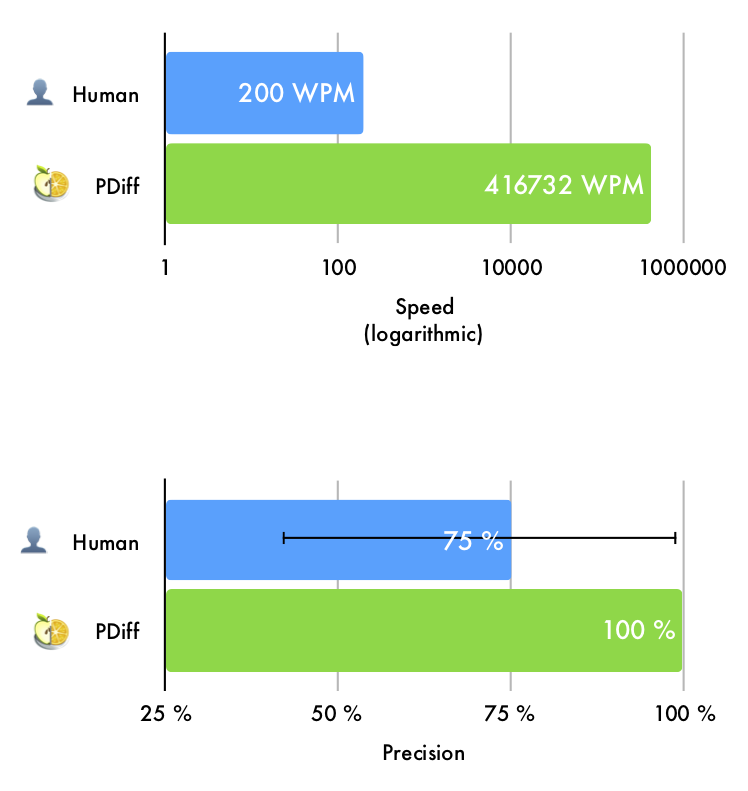
You can specify the number of actions to cancel: 7u will cancel the last 7 actions. U to cancel modifications (the counterpart of your CTRL+Z ou CMD+Z). For instance, rs replaces the current letter with a « s ». Enter « r » followed by the letter you intend to stand in for. R replace a letter: Put the cursor on the letter to replace.

You can specify the number of times when the text has to be pasted by processing it in the command, for example 7p will paste 7 times the cut or pasted text where the cursor is. The text will be pasted to the line located after the cursor. P If you cut text with dd or copied text with yy (or one of their equivalent, dw, y$ etc.) then you can paste it with the p key. This way, characters will be loaded with VIM memory, to be able to… Y$ to copy from the cursor to the end of the line etc. Yy to copy a line to memory, in the same way as dd “cut” a line (and not delete actually…). If you put the cursor in the middle of a word and execute the command dw, then the last half of the word will disappear.Īs with the deletion of the two consecutive lines with 2dd, you will be able to delete, for example, 4 consecutive words with the command 4dw (or d4w for delete 4 words)ĭ0 you delete from the cursor to the start of the line.ĭ$ you delete from the cursor to the end of the line. The word will be deleted between the cursor and the next space key. Nothing will then appear on the screen as long as you you did not type 2dd in its entirety : VIM stores contact your command information : first the number of line (here, 2), then the command to launch (d for delete) then the command’s execution on the whole line with the second d.ĭw delete a word. For instance, if you enter 2dd, you will delete two lines all at once. You can precede this instruction with a number of lines to delete. I to switch on insertion mode, to enter text.Ī to switch on insertion mode, to insert according to the cursor’s positionĠ et $ to move at the start and end of the lineĭ deleted words, lines etc (it would be more appropriate to talk about “cut”, you will understand later)ĭd delete a line : Press twice on d to delete any line where the cursor could be. It is the most sensitive mode for beginners, because each touch of the keyboard matches a function, so it is necessary to become familiar with it. You will confirm the command with the Enter key and switch back to the interactive mode. To activate this mode, you need to be in the interactive mode and press the colons key « : ». You can also use it to activate Vim options (like syntax highlighting, lines number display…). To switch back to the interactive mode, you have to press the touch Esc (Echap)Ĭommande mode : This mode can launch commands such as « leave », « save », etc. One of the most common way consists in pressing the touch i (insertion). To switch to this mode, there are several ways. Insertion mode : in this mode you will be able to enter text and the sheath may be inserted at the cursor’s location. Each action can be initiated by a pressing on a touch of the keyboard (for instance, we press on x to delete the character where the cursor is placed). The interactive mode allows you to move in the text, to delete a line, to copy and paste text, to join a particular line, to cancel your actions, etc. In launching VIM, you are in the interactive mode.

Interactive mode : it is the default mode.

Now you can launch the editor by typing the command vim : your computer window turns black, your are in the editor, in the Interactive mode.
#COMPUTER SCIENCE WORD VS WORD VIM INSTALL#
On most Linux distributions, vim is generally installed by default, but you can install it with the command : sudo apt-get install vim

That is why it is essential to edit files in a command line way, and one of the most popular tool to do this is VIM ( VI iMproved). You can use one of the following Vim shortcut keys to choose the existing words on the file.In a production environment, Linux is generally installed in mode console and is command line administered. Word / Pattern Completion in Vi / Vim Using Ctrl-x Ctrl-n This article is part of the ongoing Vi / Vim Tips and Tricks series.ġ. Filling up words with similar meaning (Thesaurus word completion).Īll the completions are related, you can use the same keys for navigating between several choices shown, and choose the appropriate one by pressing enter.
#COMPUTER SCIENCE WORD VS WORD VIM HOW TO#
This article explains how to perform following operations with examples and screen shots: By typing the first few characters of a word you can get the whole word either from a dictionary, or a thesaurus, or even the words that are already present on the file that you are editing. You can perform automatic word completion in Vim using Ctrl-x in insert or append mode. This is a guest post written by SathiyaMoorthy


 0 kommentar(er)
0 kommentar(er)
